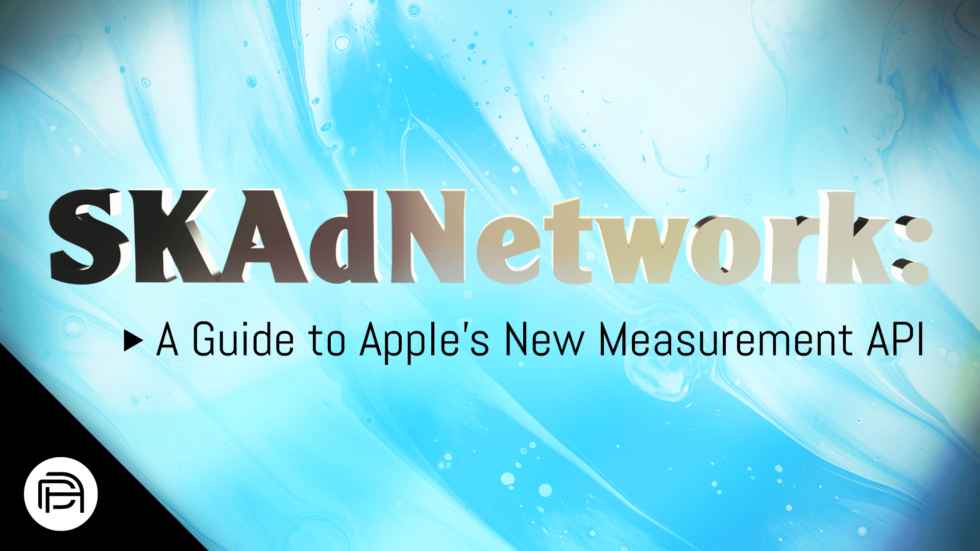As digital data privacy practices continue to ramp up, it has become a minefield for marketers to navigate. For app-based marketers, the iOS14 data privacy update (expected release: early Spring 2021) is going to further add to these media and measurement complexities.
How Will iOS14 Change Tracking?
Before iOS14, Apple devices used and shared a persistent IDFA (Identifiers for Advertisers) with app developers, marketing, and measurement tools. This identifier, which is similar in concept to a persistent userID, optimizes, measures, and attributes performance back to originating media acquisition sources and users. However, with Apple’s upcoming restriction of IDFA usage, this method of tracking will be antiquated.
How Will Marketers Measure Performance?
In order to keep marketers in the know, Apple is providing what they call the “SKAdNetwork API.” This API will allow marketers to measure performance in a privacy-friendly way that does not include user-level data, personally identifiable information (PII), or device identifiers (IDFAs). However, due to the SKAdNetwork’s focus on user privacy, this comes with a trade-off in terms of what, and even when, data is reported.
Let’s first focus on the “What.”
What Will Be Lost?
- Visibility into ad & user-level performance
- Lookback windows
- Most post-install metrics (including LTV)
- Frequency capping
- View-throughs (ads must be clicked)
- NEW limit to 100 campaigns per media sources
What Will Be Available?
- Publisher & Campaign IDs
- Conversion value*
- Campaign performance delivery data
- Install data (new install or redownload)
- App event data*
* Data will be incomplete due to additional limitations. See “Data Timing & Limitations”
Data Timing & Limitations
To further protect user privacy, the SKAdNetwork has a built-in timing mechanism that delays advertisers’ access to data. How this mechanism works is outlined below:
- Once the first SKAdNetwork event is sent, a 24-hour timer begins.
- As events trigger, within the 24-hour time period, the timer will reset for another 24-hours.
- The timer will continue to reset until a 24-hour period has elapsed without a recorded event.
- Once the timer triggers, iOS sends the postback to the ad network at a random time interval (up to 24 hours following the 24-hour period of no events).
- Ad networks then send the postback to the Mobile Measurement Partner (MMP) to validate, decode, and report data.
- Once the iOS postback is sent, no other event data is recorded or attributed. Meaning if a user makes another purchase event, it will not be recorded: Hence the incomplete Conversion Value and Event tracking mentioned in the previous section.

What’s Next?
MMP’s, have been working to create solutions to best solve for the lack of downstream performance measurement that is needed to make meaningful campaign optimizations.
A leading strategy that is being seen within the MMP space is to process early-stage event-based indicators through machine learning models to predict long-term user quality and value. This information can then be tied back to the attributed media source and used to guide strategic optimizations.
All-in-all, only time will tell how beneficial each MMP’s solutions are in providing the accurate and actionable insights the industry has grown accustomed to. However, it is fair to say that the industry is still in the early stages of figuring out how to address iOS measurement and that further innovations are expected and encouraged.
For more information on iOS14, please reach out to [email protected].

